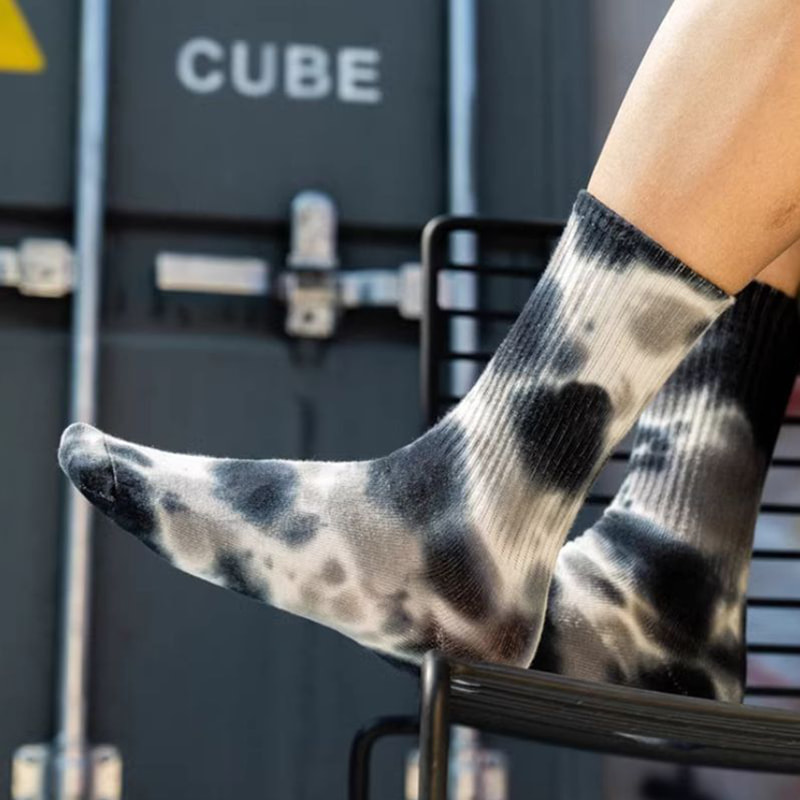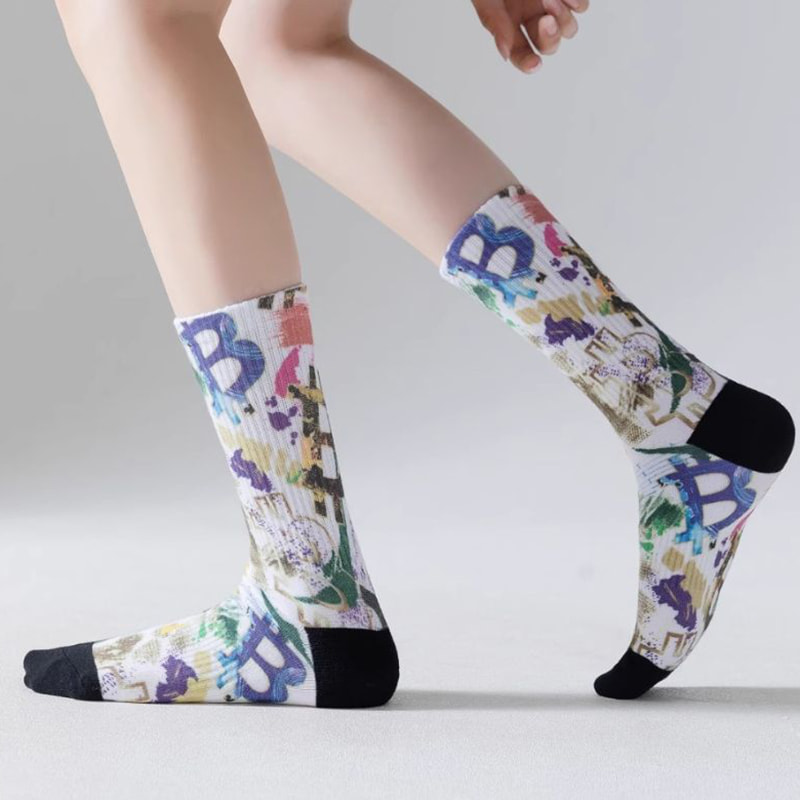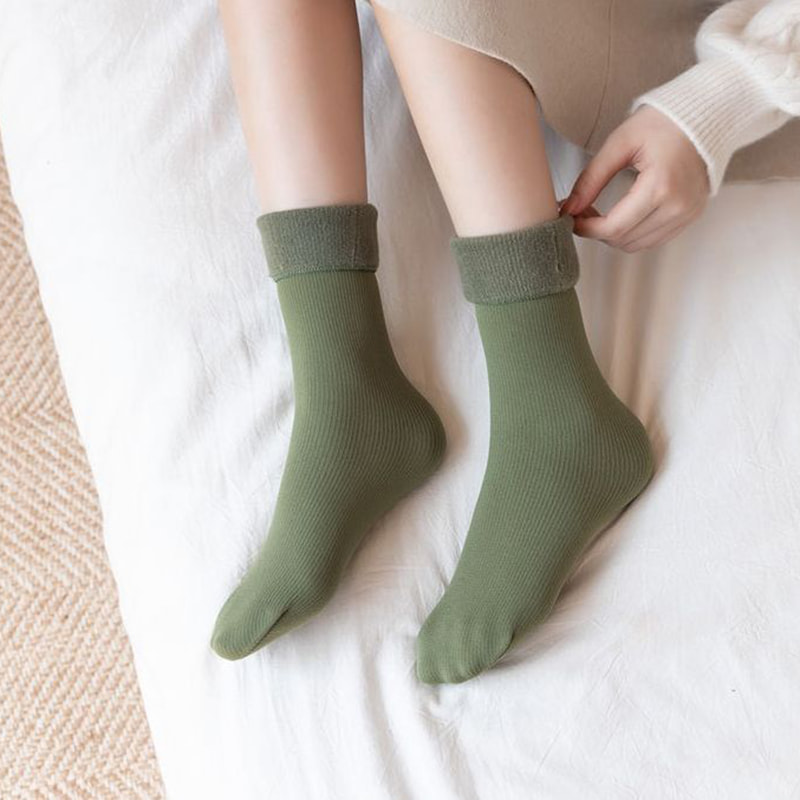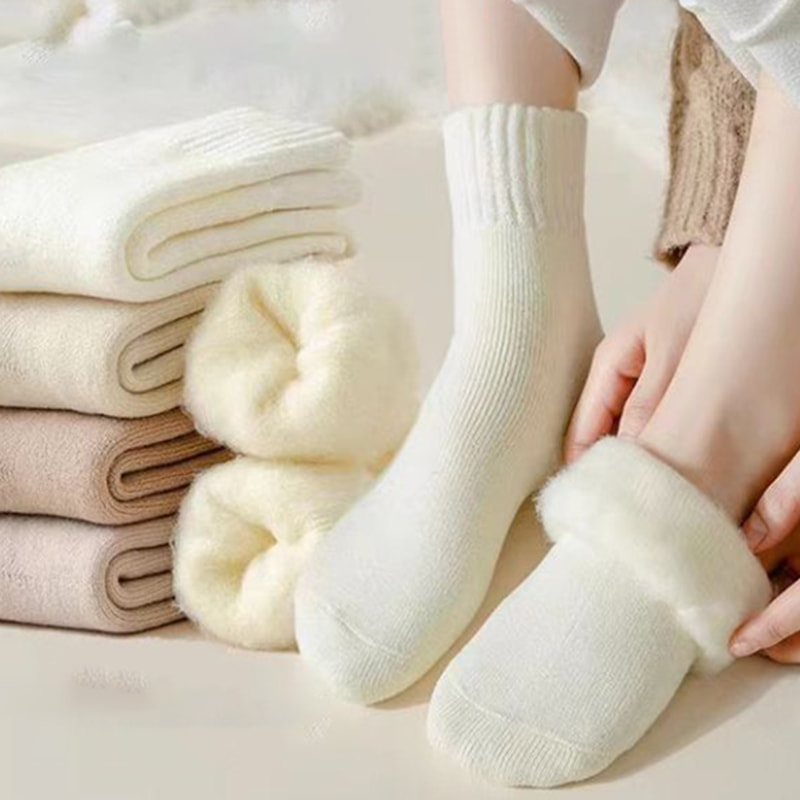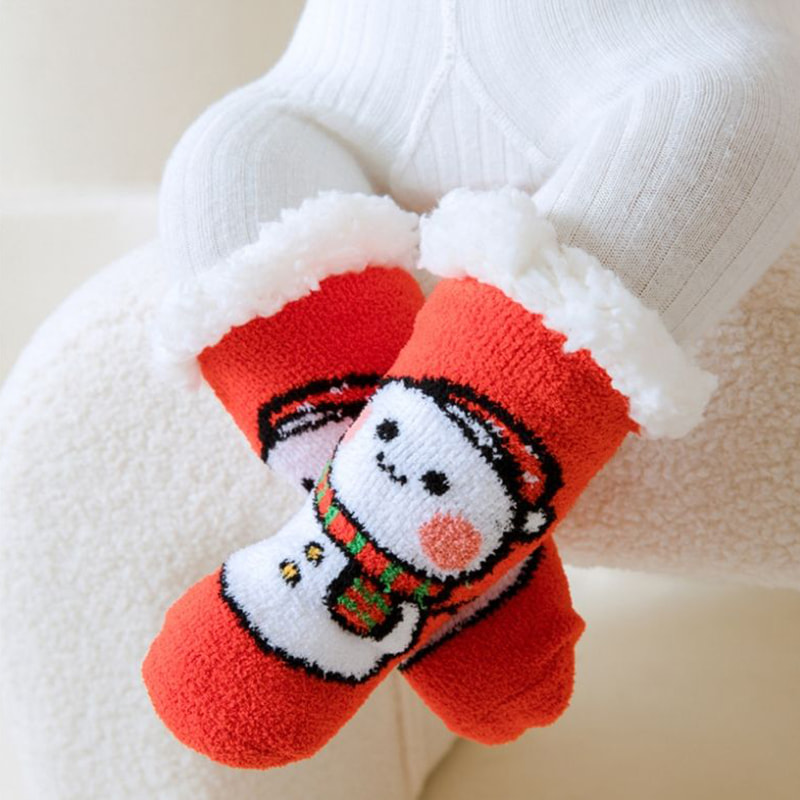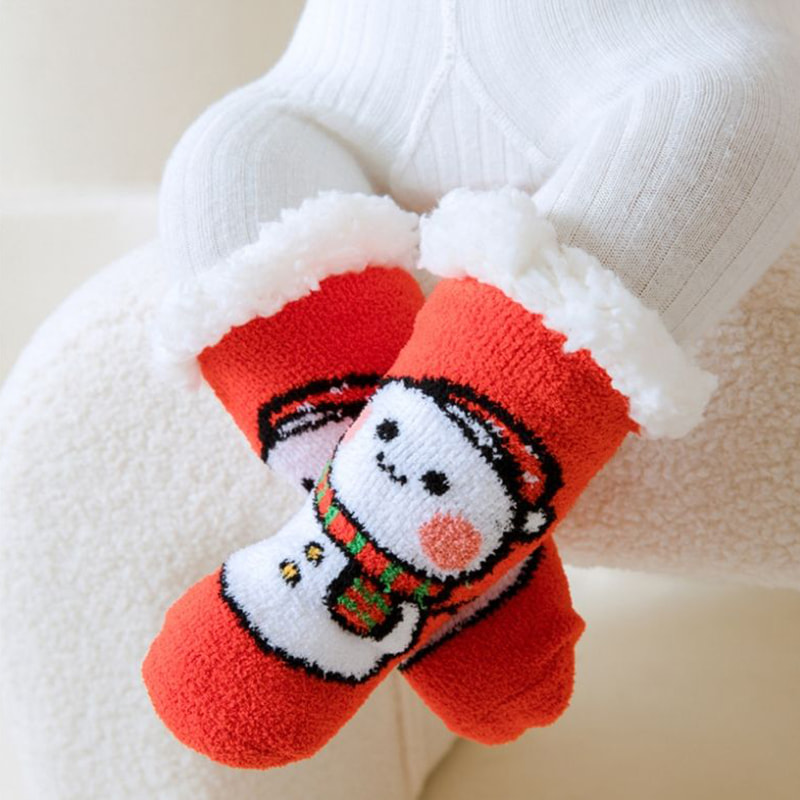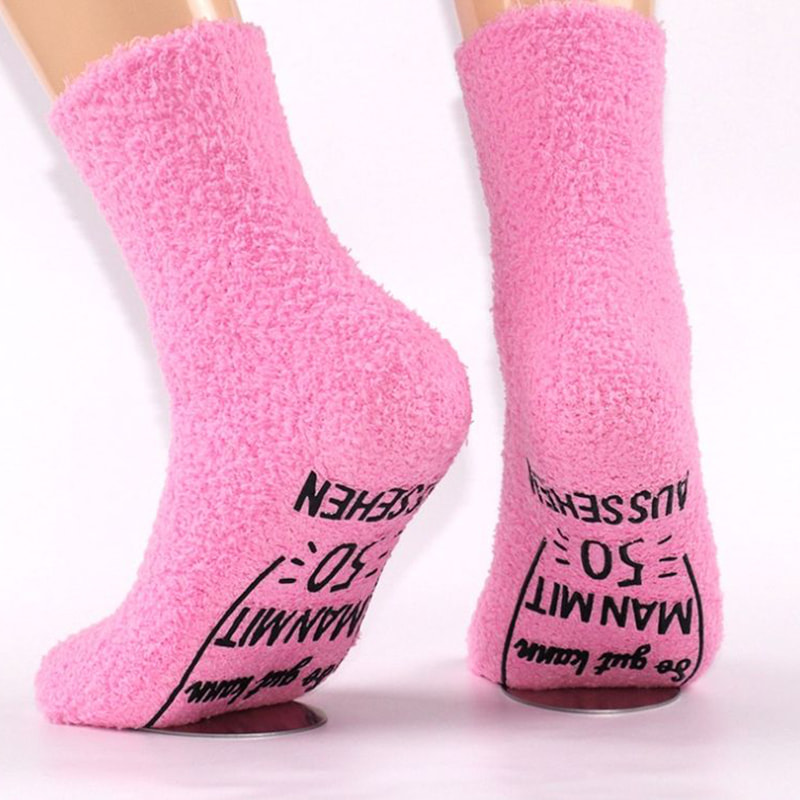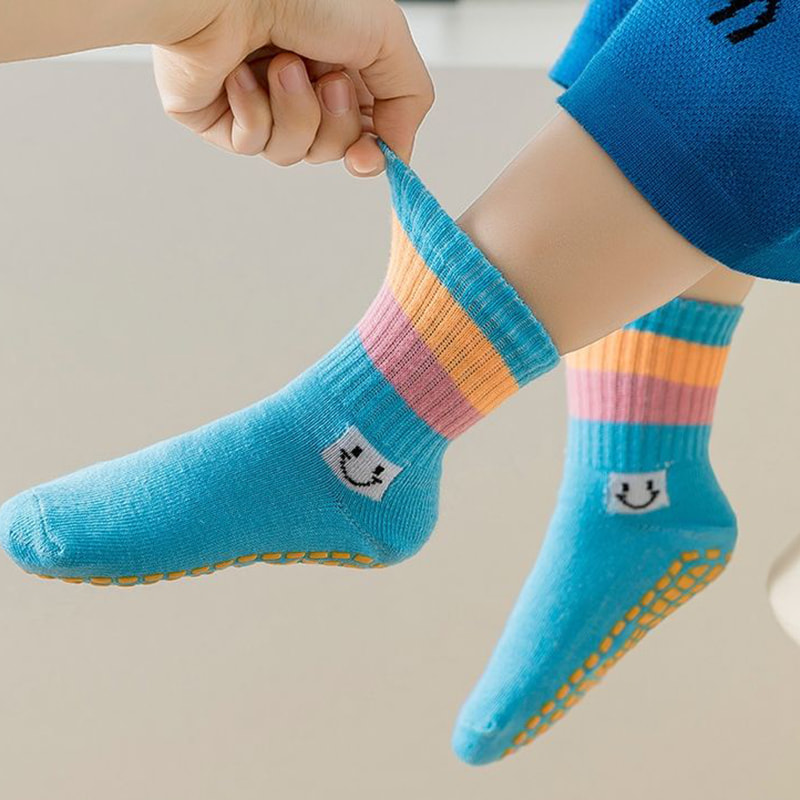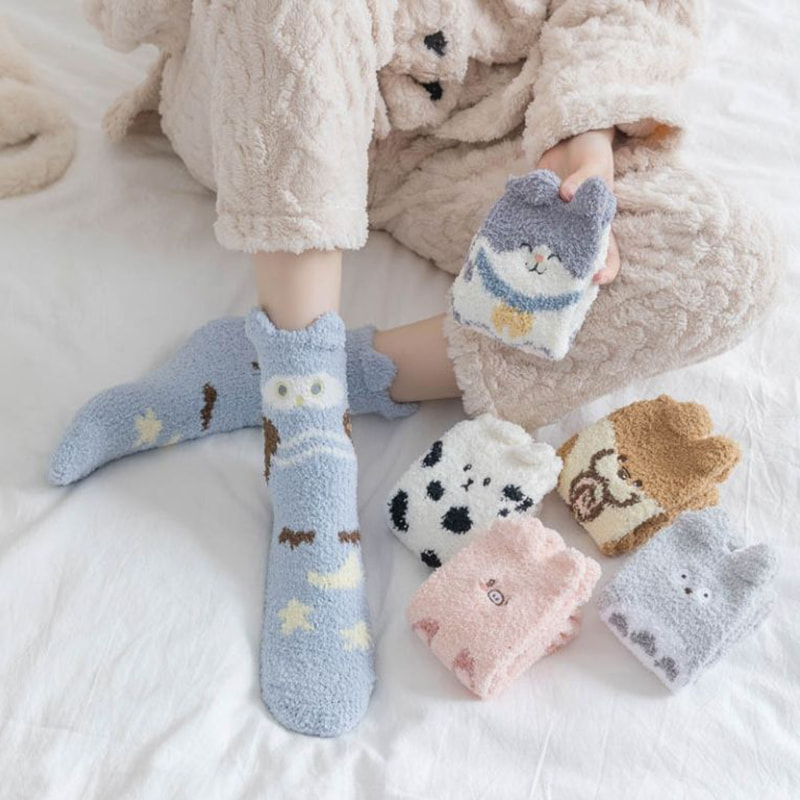Few people seriously consider: what kind of socks are truly beneficial for foot health? Choosing the wrong socks not only affects comfort but can also lead to fungal infections, foot odor, blisters, and other problems.
Material is the soul of healthy socks
When choosing socks, the material is the primary factor determining their health properties. The following materials are considered ideal choices for healthy socks due to their unique advantages:
- Merino Wool: This material boasts excellent breathability and moisture-wicking properties, effectively regulating foot temperature for a comfortable feel in both winter and summer. Merino wool also has natural antibacterial and antiodor properties, making it ideal for keeping feet healthy and dry.
- Bamboo Fiber: Bamboo fiber socks are extremely soft and comfortable to the touch, and possess natural antibacterial properties that inhibit bacterial growth, effectively reducing foot odor.
- Cotton – Choose with Caution: While pure cotton socks are soft and skin-friendly, their high absorbency and slow moisture wicking create a damp environment conducive to bacterial growth, making them unsuitable for exercise or prolonged wear. For enhanced health benefits, it's recommended to choose cotton socks blended with synthetic fibers such as polyester to improve quick-drying and sweat-wicking properties.
- Synthetic Fibers (such as polyester and nylon): These materials are lightweight, durable, and wick away sweat quickly. They are often used in high-performance athletic socks or blended with natural fibers to enhance the overall quick-drying function of the socks.

Choose the Right Type of Socks for Your Purpose
There isn't just one standard for healthy socks; they need to be customized based on your wearing habits and foot needs. Based on different health and functional requirements, socks can be categorized as follows:
- Athletic Socks: Designed for high-intensity activities, their main health benefits include providing effective cushioning and support, enhanced moisture wicking, reducing foot friction, and preventing blisters. They are ideal for activities like running and hiking that require prolonged wear in athletic shoes.
- Compression Socks: These socks promote blood circulation in the legs by applying gradient pressure, effectively reducing lower limb edema and fatigue. They are a practical tool for maintaining foot and leg health, especially for travelers who need to stand for long periods or take long flights.
- Diabetic Socks: These socks are designed for sensitive feet, such as those of people with diabetes. They feature a loose or minimally restrictive cuff to avoid compressing blood vessels and use smooth stitching to reduce friction, providing maximum protection for sensitive feet.
- Daily Socks: Suitable for daily commutes and leisure. The selection criteria are a moderately elastic cuff that doesn't constrict the foot, and sufficient breathability and comfort to maintain daily foot health.
Key details for choosing healthy socks
Besides material and type, some details directly affect the healthiness of the socks you choose:
- Size must fit: Socks that are too tight can hinder blood circulation, while socks that are too big can easily rub and wrinkle inside shoes, leading to blisters. The correct size is fundamental to ensuring foot health.
- Socks with a comfortable, non-restrictive cuff: Choosing socks with a moderately elastic cuff is crucial, especially for older adults or those with circulatory problems. Avoid socks that leave deep marks on the calves, hindering blood flow.
- Smooth seams: Rough seams around the toes are a major cause of blisters and chafing. High-quality, healthy socks typically feature seamless or smooth seams.
- Replace socks regularly: Even the best socks lose elasticity and antibacterial properties over time. It's recommended to regularly replace old socks to maintain foot hygiene and health.
The healthiest socks for your feet are those that keep them dry, breathable, and with a comfortable, non-restrictive fit. When choosing socks, consider your activity level and foot health, and prioritize merino wool or bamboo/synthetic fiber blends with good moisture-wicking properties.


 English
English 中文简体
中文简体 Español
Español





